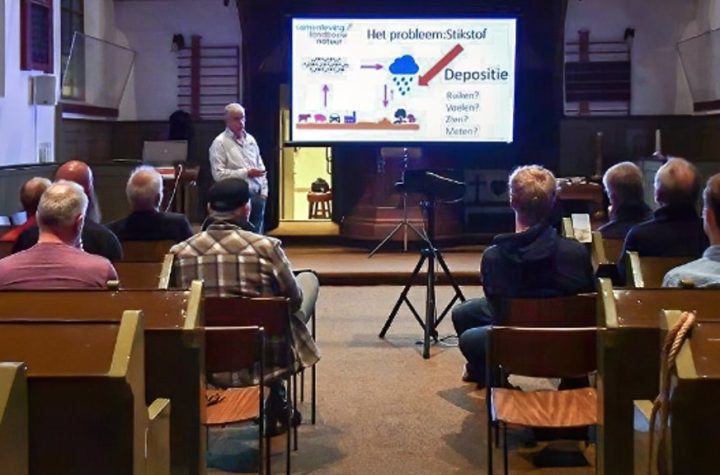this is conditionpublished in the leading trade magazine natural earth sciencesIt was the result of the work of geologists from the University of Utrecht, the University of Queensland and Ben-Gurion University of the Negev. To test their hypothesis, the researchers asked themselves the following question: Was a new subduction zone formed on the northern Arabian edge, due to the mantle plume about 100 million years ago? Created a huge volcano near Madagascar, started a chain reaction? Professor of plate tectonics and paleogeography at Utrecht, Doi van Hensbergen, former doctoral student and first author Derya Gorer, and Israeli geophysicist Roy Granot analyzed the findings step-by-step. “If our hypothesis is correct, the new subduction zone that formed on the northern Arabian rim must have created new clouds on the African plate about 10 million years later, which should have caused the plate motion to change,” Gurer said. “But to analyze that, we had to solve a big problem.”
magnetic field
Like a recording device, the history of the plate movements in the past is recorded in the magnetic field of the ocean crust. Once rocks form as magma cools beneath the ocean floor on mid-ocean ridges, they record and store the Earth’s magnetic field. Therefore, when the magnetic field is reversed, it points in the opposite direction in younger rocks than in older rocks. The ocean crust thus forms an archive that tells us something about the location and movement of tectonic plates in the distant past.
quiet magnetic zone
But between 125 and 83 million years ago, there were no reversals in the magnetic field. “In the ocean crust formed during this period, the magnetic field is in the same direction everywhere. It thus forms the so-called magnetic quiescent zone, explains Van Hinsbergen. As a result, it has been impossible until now to detect changes in plate motion during this time period. But Roy Granot discovered 10 years ago that rocks in the quiescent region recorded abrupt changes in magnetic noise.”By applying the methods we typically use for magnetic reflections to magnetic noise variations, we were able to greatly improve the plate model. It showed that the African plate did indeed accelerate and rotate immediately after the formation of the new subduction zone,” says Granot. This rotation in turn triggered a chain of events, including a new subduction zone in the western Mediterranean, which in turn ruptured the western Mediterranean. “This is the first time that evidence of a plate-tectonic chain reaction has been found. With this study, we dissect a mechanism that explains why there are short periods when plates suddenly change direction. These plate movements affect the formation of seamount chains. “Gates, volcanoes and even on global climate,” Gurier said.
tectonic plates
The research by Van Hensbergen and colleagues contributes to revealing the mechanisms behind plate tectonics. The chain reaction of plate tectonics initiated by a giant volcano shows how the dance of plate tectonics is triggered by the pull of merging plates in the Earth’s mantle – the so-called “plate drag”. Geologists investigate these mechanisms as they underlie earthquakes, volcanoes, mountain formation, and the formation of many ores and other raw materials. For example, they previously investigated the aforementioned supervolcano as a possible trigger for plate tectonics, Limited role of mantle convection and the Greater Adria Continent has disappeared in the Mediterranean region. “I’ve been studying these mechanisms for 20 years, and despite the fact that we’re finding more and more puzzle pieces to unravel plate tectonics, it’s becoming increasingly clear what we don’t yet understand,” says van Hinsbergen.
By: National Education Guide

“Lifelong entrepreneur. Total writer. Internet ninja. Analyst. Friendly music enthusiast.”










More Stories
Meta's Ray-Ban smart glasses now work with Apple Music
The Rediscover Kanto event is live and will last over two weeks!
“Vodafone and Google join forces: Pixel spotted at the provider”